Stocking branded jewellery is a balancing act. Amid the constantly shifting tides of consumer tastes and trends, frequent attention must be paid to stock performance, marketing, and customer feedback. Yet for those seasoned navigators, the rewards are bountiful.
The benefits of stocking branded jewellery are familiar to every jeweller: a built-in customer base of seasoned ‘brand fans’, fresh seasonal collections alongside consistently popular ‘bread-and-butter’ lines, marketing and merchandising materials for both online and in-store retail, and repair and replacement support.
In the ‘COVID-normal’ retail environment, and amid challenging trading conditions over the past few years, branded jewellery has proved to be a resilient and valuable addition to a jewellery store’s stock mix.
Phil Edwards, managing director of Duraflex Group Australia – which supplies jewellery brands Thomas Sabo, Bronzallure, and Ania Haie – says, “There is no doubt that branded jewellery has simply evolved to be an integral part of the jewellery trade and has enjoyed significant growth as it has become more entrenched in the market.
“The appeal of branded jewellery continues – particularly that of international brands – luring customers into stores, which provides retailers with the opportunity to increase their own sales while leveraging the brand’s profile and consumer demand for the product.”
Notably, Pandora – one of the world’s largest jewellery brands by volume – recorded an increase in revenue in Germany, the UK and Australia during 2020, despite the COVID-19 pandemic.
Alexander Lacik, CEO Pandora, said, “Despite these significant disruptions, we managed to navigate the business to a very strong performance, leading to market share gains in many markets.”
Pandora Australia’s sales increased 19 per cent in the final quarter of last year, despite temporary store closures.
One of the most successful product lines globally was a 12-piece branded collection with Lucasfilm, based on the Star Wars franchise. It accounted for 4 per cent of the company’s revenue in its first month of release and demonstrates the power of ‘co-branding’ to attract new customers.
Customer appeal
Branded jewellery collections not only attract new customers, but also help retain them as they return to discover and experience new seasonal collections. At the same time, stocking branded jewellery can save retailers time and money on developing marketing campaigns and promotions.
“Customers trust proven brands and will follow brands with loyalty and dedication once they have had a positive brand experience,” says Louise Laing, director of Link Wholesale, which distributes Stow Lockets and Evolve Inspired Jewellery.
Georgina Staley, director of Georgies Fine Jewellery, currently stocks approximately 40 per cent branded jewellery across four stores in regional NSW – roughly equal to the proportion of custom-makes.
According to Staley, one of the key benefits of stocking branded jewellery is that “you have a product that is being promoted and advertised for you, and you do have support in the way of marketing and POS”.
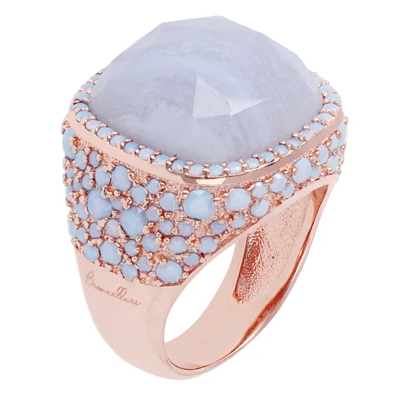 |
| Above: Bronzallure |
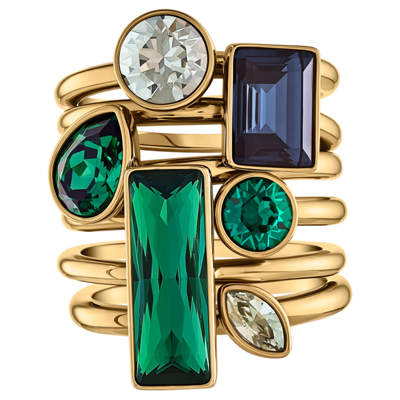 |
| Above: Swarovski |
However, Staley says jewellery trends now change at a faster rate, meaning retailers can no longer ‘set and forget’ but must actively select and foster the correct brands for their store’s customer base – or risk needing to discount heavily to move product out the door.
“Things change more quickly now – for example, Pandora sales were declining for us before the 2019-2020 summer bushfires and the COVID-19 pandemic. Now, they have increased by 20 per cent. You definitely need to read your stock reports to keep up with the changes.”
On the supplier side, Edwards says, “We acknowledge the retail trade continues to face some difficult challenges post-COVID, and this only highlights how imperative it is that retailers have a solid understanding of who their customer base is, and cater to them.
“Retailers understand the value of quality branded jewellery and never before has it been as important to maximise the advantages than right now.”
Jenni Franich, director of John Franich Jewellers in Auckland, estimates that approximately one-third of her store’s stock mix is branded jewellery, with a focus on “top international brands which stay true to our unique store identity”.
For her, the appeal of branded jewellery is rooted in consumer demand, as well as supplier support: “Consumers seek out a brand and visit our store because they know John Franich Jewellers stocks those brands. Branded jewellery is a prominent product with a certain price point, and brands also supply marketing material in-store and on social media; omni-channel marketing draws consumers in and fosters brand loyalty.”
It’s an insight echoed by Rachael Abbott, marketing director at Timesupply, which distributes brands such as Dansk Copenhagen, Coeur de Lion, Nomination, RAS and Qudo.
“Consumers seem to be spending more time on social media and therefore are more influenced by the marketing of branded jewellery. They are searching out particular retailers who stock the brand they have seen online,” she explains.
“Online, retailers can utilise the social media assets provided by the brand and re-share content to let consumers know they are stockists, driving consumers to their store or website.
“In-store, retailers can offer important services that aren’t available online – the ability to touch, feel and see the jewellery in real life, plus the all-important customer service,” Abbott adds.
The e-commerce effect
During the COVID-19 pandemic, e-commerce – particularly digital marketing and drop-shipping capabilities – gave the branded jewellery category an advantage, as consumers increasingly moved online.
Brands can continue to advertise digitally during lockdown periods, and often have a strong social media presence, putting them at the forefront of consumer’s minds,” confirms Laing.
In its Inside Australian Online Shopping Update, published in January 2021, Australia Post reported that more than 9 million households had made an online purchase in 2020; an increase of 10 per cent compared with the previous year.
In December alone, the number of online purchases rose 34.9 per cent, compared with the same month in 2019. E-commerce currently represents approximately 10 per cent of the Australian retail market – a figure predicted to increase substantially in the coming years.
Says Edwards, “COVID-19 forced a significant focus on the importance of e-commerce and many retailers have been able to adapt to make e-commerce an extension of their existing retail business.”
He adds, “The marketing campaigns, communications strategies and e-commerce support that we implement for the brands we distribute are tailored to the local target market while maintaining the international brand messages and expectations.
“We support and work together with retailers to ensure the benefits of stocking our branded jewellery ranges are maximised.”
When choosing brands to stock, retailer Staley looks for suppliers who are “willing to work with me”.
“Can I swap or exchange pieces that I know will not work for me?
“Will they provide adequate material so I can brand the range properly in the store window – not just a poster and a strut card? If I have some of the range too long, are they willing to take back old pieces and exchange for items that do not move in my location?”
Laing also emphasises the importance of retailers working collaboratively with brands to ensure a seamless retail experience between e-commerce and bricks-and-mortar.
“The online space is highly competitive and retailers would do well to work in unison with quality brands to keep a quality shopping experience for their customer base,” she says.
“The principles of online shopping are similar to that of in-store. Online, you would set up your e-commerce platform to have a page for each brand so customers can shop for brands separately. Images should be high-quality, uniform and attractively displayed – just as jewellery would be in-store.”
Trends and opportunities
Not only has the pandemic increased the number of consumers shopping online and discovering brands via social media, but it has also changed the types of jewellery they wear.
“Earrings are certainly proving to be a big seller showing popularity in online meetings,” says Abbott.
“There is a move towards more colour, whether mixed metals – gold, rose gold and silver – or in coloured finishes such as enamel or Swarovski crystals.”
Franich also noted, “The major trends are single, stacked, and atypical earrings, colour, layering and stacking, hardware long link chains, and bracelets.”
At Duraflex, Edwards also named “single earrings, mismatched earrings, and colourful stone jewellery” among the key trends across its brands, as well as letter necklaces.
Meanwhile, Laing has observed a move toward meaningful, personal pieces during 2020: “Sentimental, story-telling jewellery is trending worldwide. With the pandemic affecting us emotionally, we see customers investing in meaningful pieces that stand the test of time.”
Timesupply’s Abbott noted a similar trend, telling Jeweller, “Nomination personalised jewellery has had huge growth during COVID-19, allowing friends and family to gift special messages of love and luck, or for a celebration they can’t attend, to show they are thinking of each other.”
The collectible, customisable Qudo and Nomination lines have also delighted consumers, who “love to show their own compositions of bracelets or rings”.
Overall, branded jewellery has an important role to play in the stock mix of jewellery stores – and with COVID-19 accelerating retail’s e-commerce evolution, brands are well- placed to assist retailers in taking a slice of the pie, both online and offline.
bRANDED Jewellery
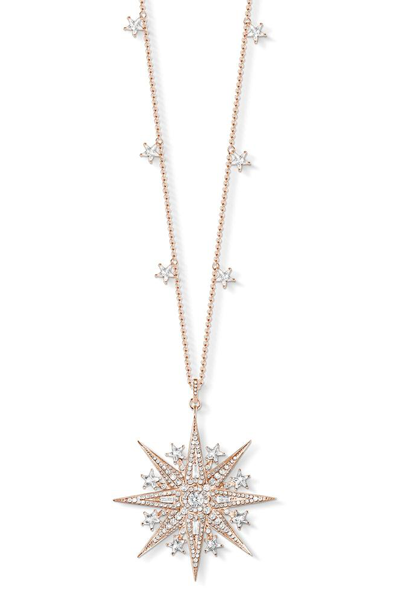 | 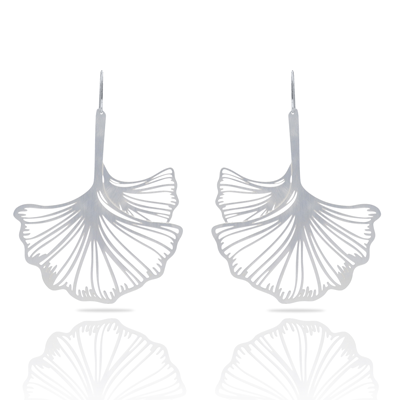 | 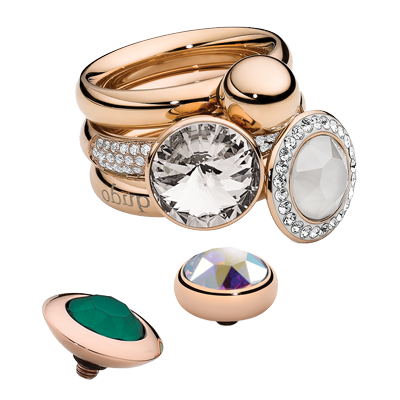 |
| Above: Thomas Sabo | Above: RAS | Above: Qudo |
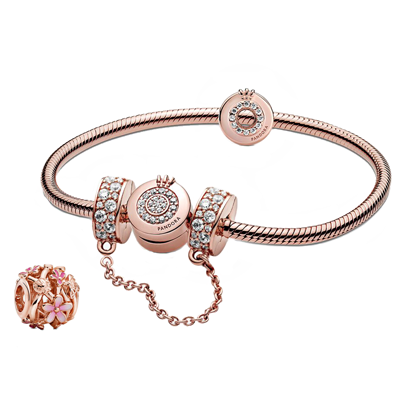 | 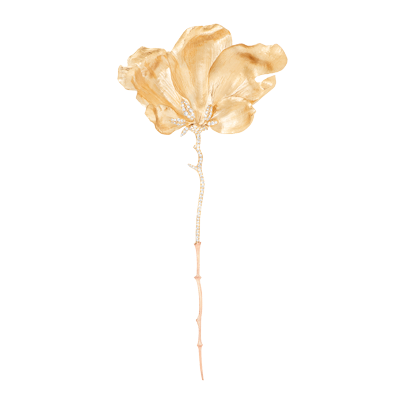 | 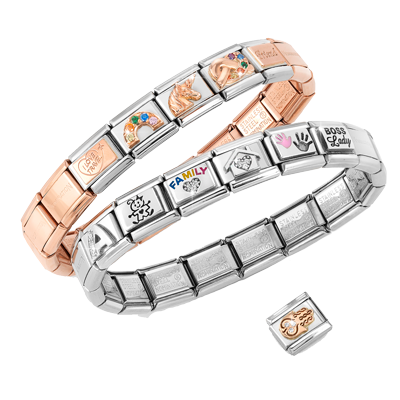 |
| Above: Pandora | Above: Ole Lynggard | Above: Nomination |
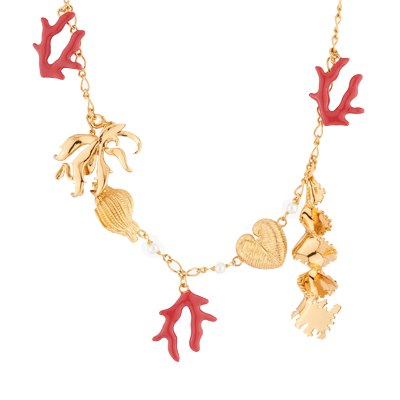 | 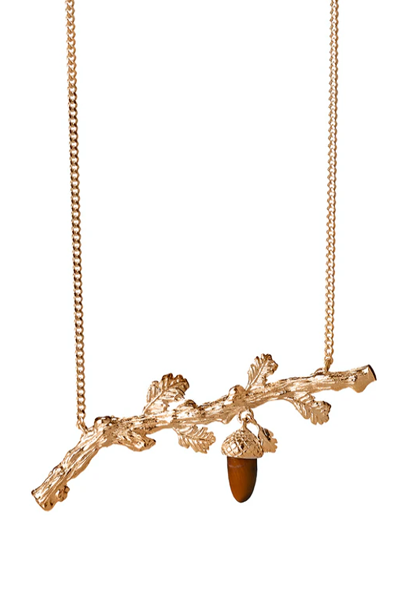 | 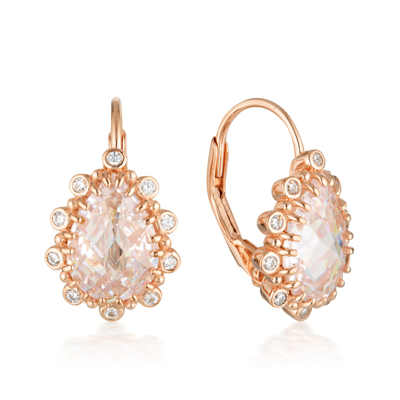 |
| Above: Les Nereides | Above: Karen Walker | Above: Georgini |
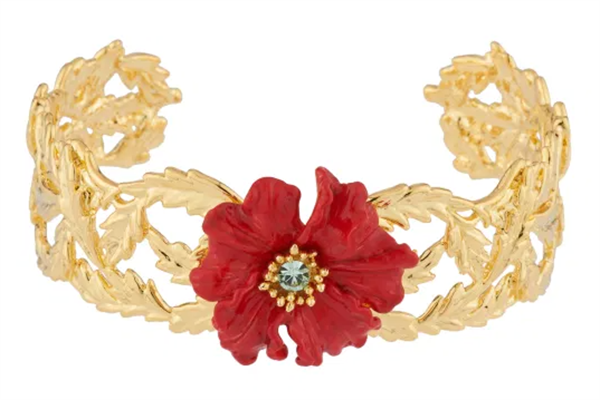 | 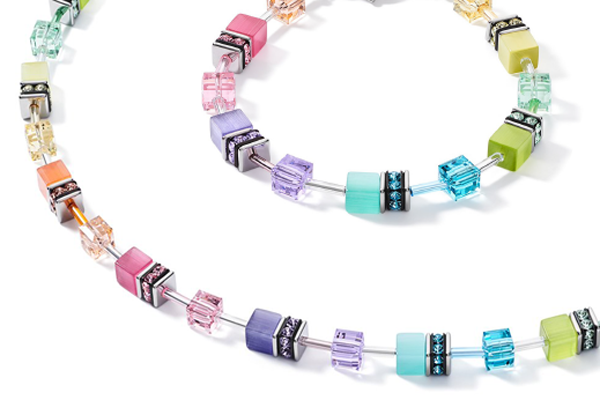 |  |
| Above: Les Nereides | Above: Coeur de Lion | Above: Ania Haie |
Read eMag
Hover over eMag and click cloud to download eMag PDF